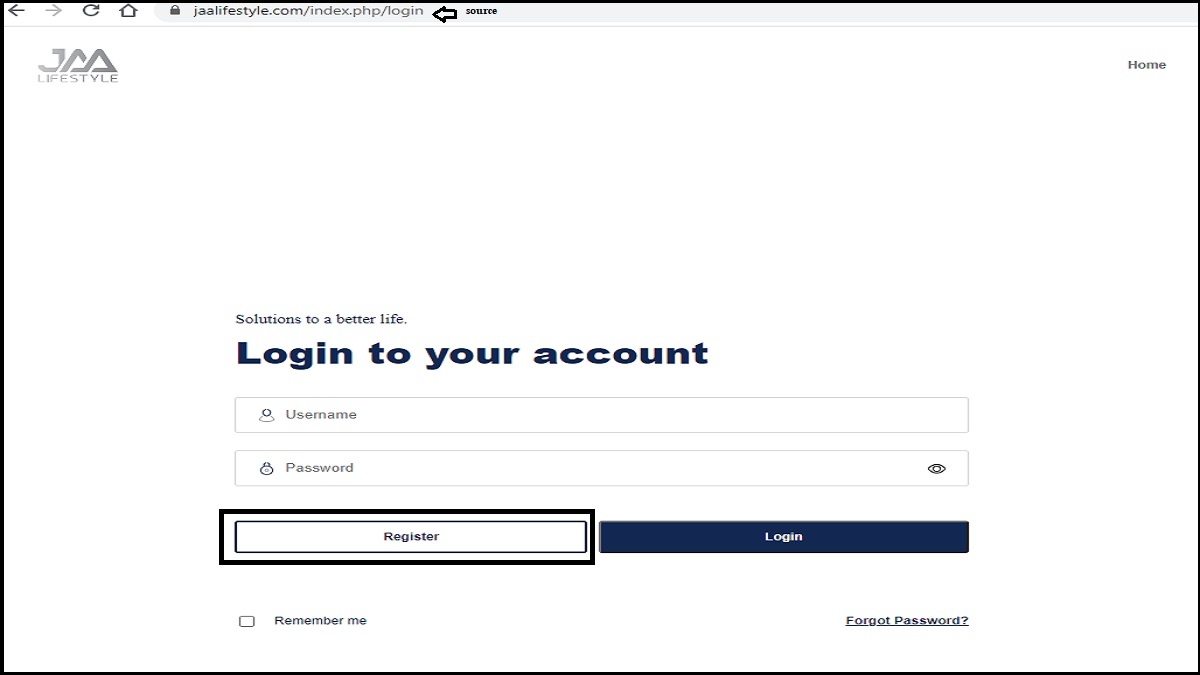Video has undeniably taken over the industry of digital marketing today. Over multiple industries across the globe are leveraging video advertising to attain optimal business success. As for your business, video marketing is an excellent tool that can drastically boost your client base and further open up doors of opportunities for your brand. That being said, creating unique and engaging videos is quite a daunting challenge that most businesses face when trying to stay relevant in the marketplace. Making use of a good online video maker can help you achieve unparalleled video results.
Here are some tips and tricks to optimize your videos for SEO.
- Do Thorough Keyword Research
Keywords are significant for SEO as a whole. Platforms like Google and YouTube use them to recognize the video’s content, categorize the information, and link it to users’ searches.
To do so, they must include them in specified areas when publishing the video file—for instance, titles, tags, and descriptions. YouTube may gather and use the data in the rankings.
As a result, you must understand what keywords effectively recognize your videos while also having the power to gain additional subscribers to your channel.
Let’s take a look at some pointers for conducting effective keyword research, with an emphasis on YouTube SEO. Keywords can be utilized to not just fill in the sections after you’ve recorded videos, but to generate new ideas for your channel.
To begin, you can utilize a simple YouTube tool in the search field. Its purpose is to make user search easier by using the most commonly searched words on the internet.
As a result, it can benefit publishers as well. You can think of new keyword ideas that are extremely popular on the platform, amplifying the viewership of your videos.
Benchmarking is another phase in keyword research. Certainly, your rivals can assist you as well.
- Discover the Most Effective Hosting Platforms
Choosing the right hosting services to publish your video without compromising on the quality is difficult. Even if your site’s server experiences troubles, promotional, instructional, or other snippets will be accessible on the alternate hosting platform.
Here’s a list of the top hosting platforms to consider for your video advertising strategy:
YouTube is a popular video-sharing network that is ideal for video SEO. Millions of active users look for amusing and educational videos. YouTube provides a full set of SEO-driven tools in addition to excellent media outreach.
Optimization of video content such as titles, descriptions, thumbnails, keyword search, analyzing competitors’ keywords and SEO search patterns, viewing time optimization, and so on are some of them.
YouTube’s free cloud hosting and other customizing options are other advantages. To increase organic traffic, you can repurpose old content or build a separate channel where you can publish fresh films to attract more targeted visitors.
StoryXpress is a professional video-sharing platform that offers both free and subscription plans. StoryXpress, for starters, provides business-oriented services such as CRM connection, video predictive analysis, and video linking. This hosting service is ideal for distributing podcasts and other promotional media. There are also customized branding choices and a free trial.
- Make use of a Catchy Video Title
You may already have a solid list of terms after conducting comprehensive keyword research. Now, what are you going to do with them?
The title is among one of the areas where the keywords must appear. A very critical criterion in YouTube’s indexing and ranking of content is this. In addition, the title of your video must be comparable to the specific search criteria in order for it to display in a good position.
As a result, strive to keep your headers short and to the point. These discoveries aren’t set in stone, but they’re worth thinking about.
Furthermore, keep in mind that the video title may be the subscriber’s initial exposure to your content.
In a nutshell, it must not only describe what viewers will see but also encourage visitors to engage in your video. A dash of inventiveness might thus heighten interest
- Produce Video Transcriptions and Captions
Only text and codes can be interpreted by YouTube’s algorithm. It cannot comprehend photos or videos. As a result, providing transcriptions and even captioning your videos is one of the tactics you may use to ensure it understands what your video is about.
A transcription is indeed the conversion of what is said in a video into a text format. You can accomplish this manually or even with the help of distinguishing YouTube tools.
You can generate captions out of the transcripts by inserting timestamps.
They’re used so that users can keep up with your video as well as to cater to situations wherein the video isn’t audible. Further, they also serve as an accessibility tool for individuals with hearing loss.
- Video Recommendations (Suggested Videos)
Suggested Videos are a tailored list of video clips that viewers might be interested in viewing next, depending on the popularity of the video or an individual’s previous viewing habits.
Such videos are placed on the right portion of the YouTube feed, under ‘Up next’.
According to YouTube studies, users watch comparatively more videos on receiving recommendations from multiple channels, which is exactly what Suggested Videos does. The viewer’s involvement is maximized by ranking the recommendations.
These recommendations are aided by the following signals:
- Videos that viewers can view in conjunction with the present video or those that are thematically similar. These videos might be from the same YouTube channel or a new one.
- Videos from a user’s previous viewing history
Take a look at some suggestions for making your videos more Suggested Video-friendly:
- Make clear calls to action to entice watchers to view the upcoming videos in the series.
- Long conclusions may discourage viewers from going further, so think about how you want your videos to end.
- To propose the next video to view, use queues, URLs, banners, and end screens.
- Make films that are similar to popular Video themes like challenges or lists.
- Include Hashtags and Descriptions
The description box is extremely helpful in assisting viewers in finding, learning about, and deciding whether or not they want to watch your movies.
The description, on the other hand, can be divided into two components: what visitors see before clicking ‘Show more’ and simultaneously, what they view after.
Discover below some pointers on how to improve your descriptions-
- Ensure that each video has its own description. This makes it far simpler to find your video via search and distinguishes it from popular videos of the same genre.
- Use search-friendly keywords, along with natural language in the opening few lines of the content to convey what the video is all about.
- Use the remaining content to provide additional information, such as your channel’s name, other social media handles, and so on.
Let us take a look at some pointers on how to make your hashtags more effective-
- Make sure that you only employ hashtags that are relevant to your respective video. For instance, do not include hashtags linked to distinct or unrelated popular videos, influencers, or irrelevant topics to artificially enhance views if you are posting a review of a certain product or even topic.
- Don’t overuse hashtags in your description area; a little goes a very long way. If your video includes over 15 hashtags, YouTube will tend to disregard them all.
- Hashtags are particularly useful for topics of interest, such as forthcoming events or famous personalities. This assures that visitors searching for videos on the respective hot topic will discover a wide range of options.
- Increase Audience Participation
The majority of the topics we discussed earlier were related to on-page SEO. What about off-page SEO, though? Off-page SEO is mostly concerned with audience engagement when it comes to videos.
The more people that connect with your video, it is more likely that search algorithms will find it relevant to your target demographic. In other words, the video demonstrates that it has surpassed user expectations.
As a result, it’s critical to increase audience engagement by inviting viewers to participate in your video in some way, such as:
- Subscribe
- Comment
- Share
- Likes
- Make lengthier films
As per a study, search results for videos clips that are less than about two minutes long are frequently ranked negatively. The very first five spots of search results have an average duration of about 11 minutes and 44 seconds. It’s therefore worthwhile to invest in lengthier, more detailed videos. Videos that are too brief may have a detrimental influence on SEO.
That isn’t to mean that each and every video you publish should be between 10 and 15 minutes in length. It’s only a rough estimate. The duration of your video will also be determined by your industry and key demographic. Try experimenting with various lengths to find which ones function better than all the others.
- Make use of Timestamps
Make it easier for your visitors to rewatch various portions of your video by breaking it up into chunks. You can make use of timestamps in your video description to show when separate bits of the video start.
You may utilize the ‘Chapters’ option on YouTube to rapidly split down your video into portions. YouTube creates chapters for you depending on the timestamps you enter in the video descriptions. On the video progress bar, the segments and their descriptions are also displayed.
- Playlists and Uploads
Lastly, a consistent publishing schedule might entice users to return to your channel for additional content.
So, you can utilize playlists to make it easier for customers to find more about what they enjoy on your channel.
Many producers have discovered that sticking to a regular publishing schedule can assist viewers to know when to expect the next video release, similar to predicting when the upcoming episode of their favorite show will air.
Subscribers can see fresh uploads in their respective subscription feed and choose to receive mobile or email updates based on their preferences.
Discover below some suggestions for making your upload schedule more efficient:
- Strive to publish at regular intervals (monthly, for instance), and on specific days. The frequency with which you publish may be determined by your workforce and content.
- Maintain enough flexibility to adapt to changing search patterns or timely topics.
- Attempt to space out your videos. Avoid uploading several videos at a single stretch You can publish videos and further plan when they should be released, including the day, time, and time zone.
- When you plan to release new videos, let your viewers know about the same. You can inform them, for instance, in your videos, channel trailer, video descriptions, and the About section.
Bottom Line
Note that while executing any of the above-mentioned tasks, relevancy is something you should consider. Only recommend videos in instances where they are helpful and appropriate to the user.
It’s pointless to raise the bar. This will just frustrate your viewers, who might watch your video before leaving it because it isn’t exactly what they were searching for. Your aim is to make your videos as pleasing as possible.
Now that you’ve come to the end of this article, make sure that you ensure reading more on each and every tip mentioned to thoroughly boost your SEO tactics. With sufficient research and expertise, marketers can create some of the most high-quality, professional, and most importantly- engaging videos for their users. This is an ultimate win for brands as they can boost their online presence, attract more customers to what they have to offer, and eventually boost sales and their SEO ranking.





















